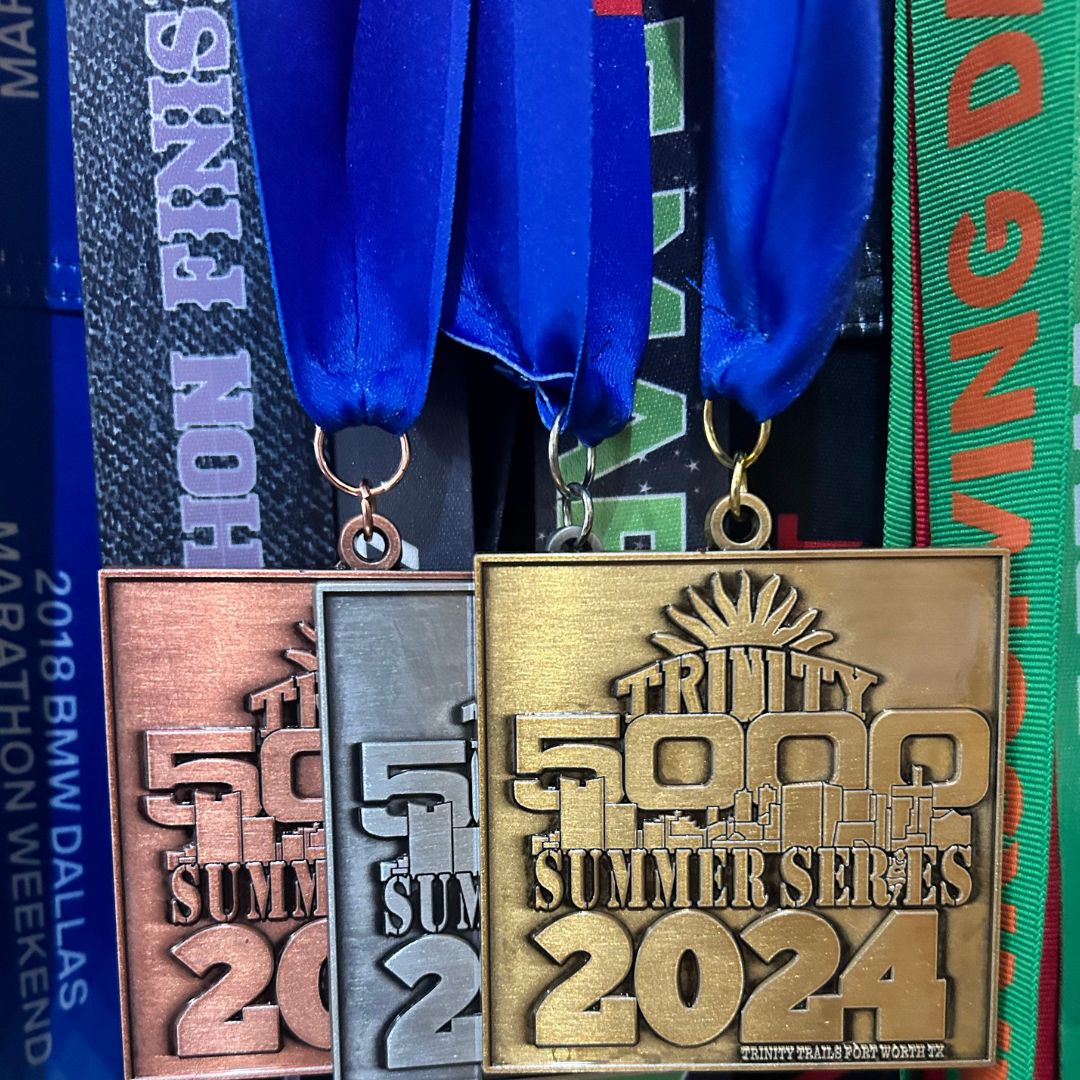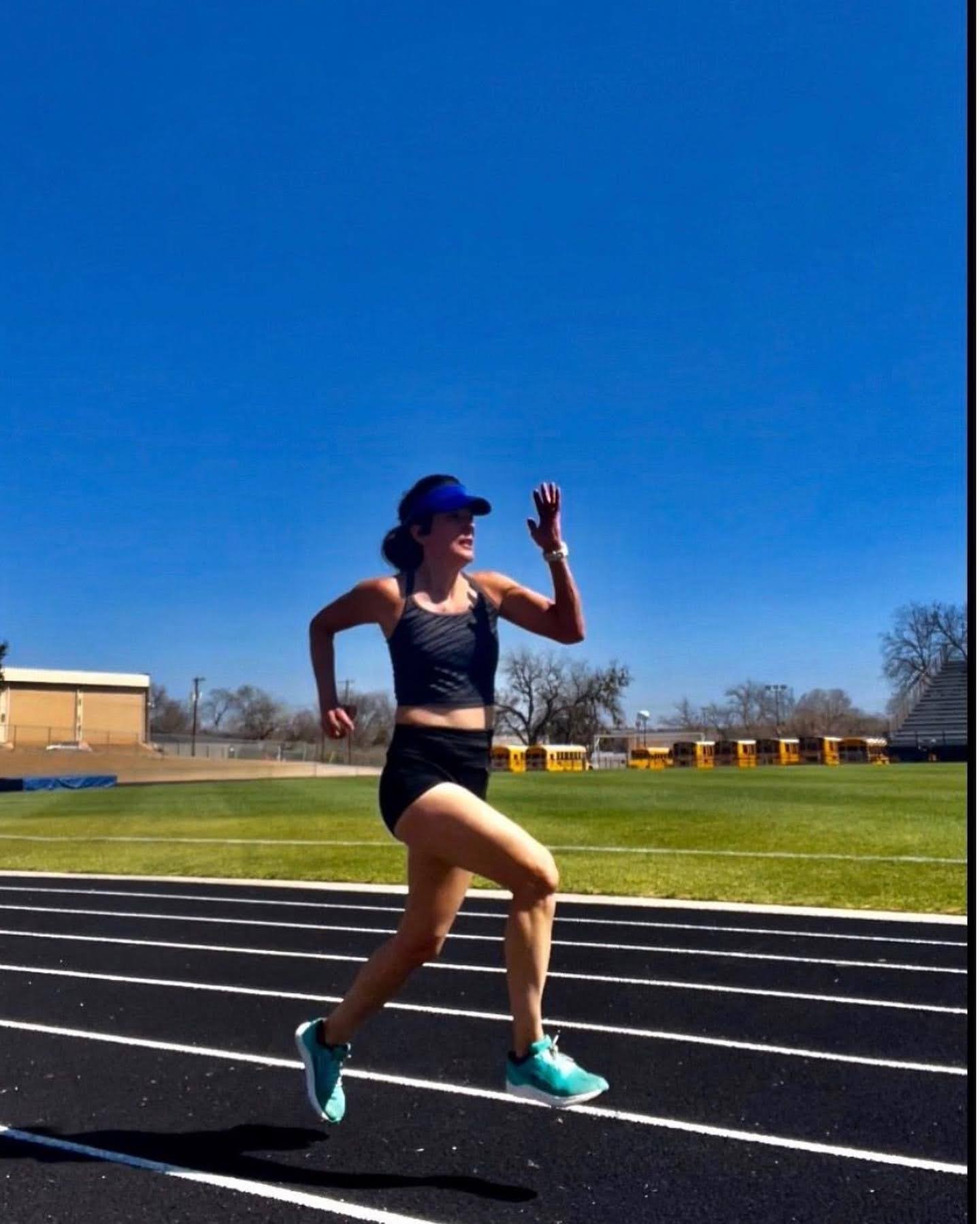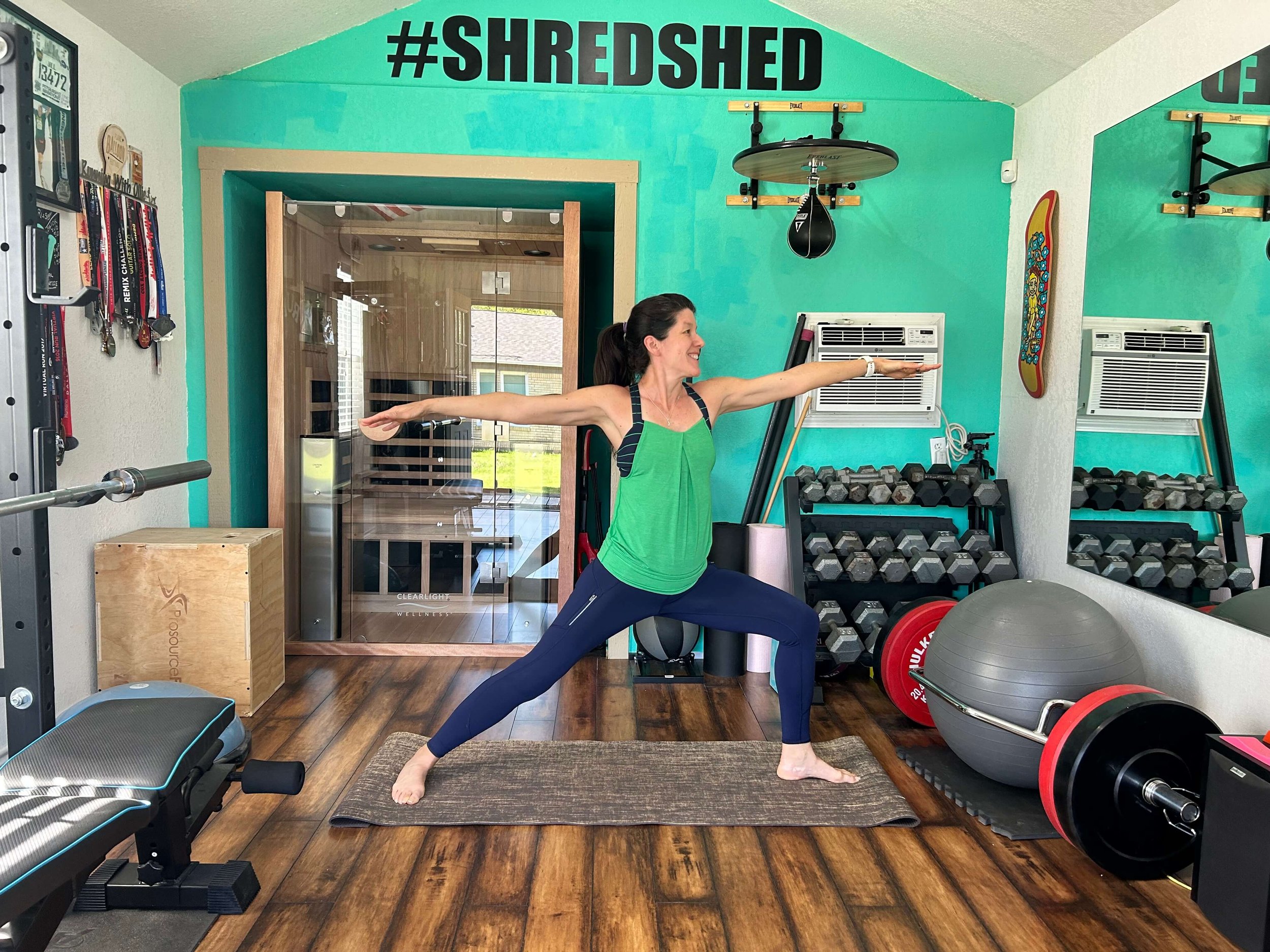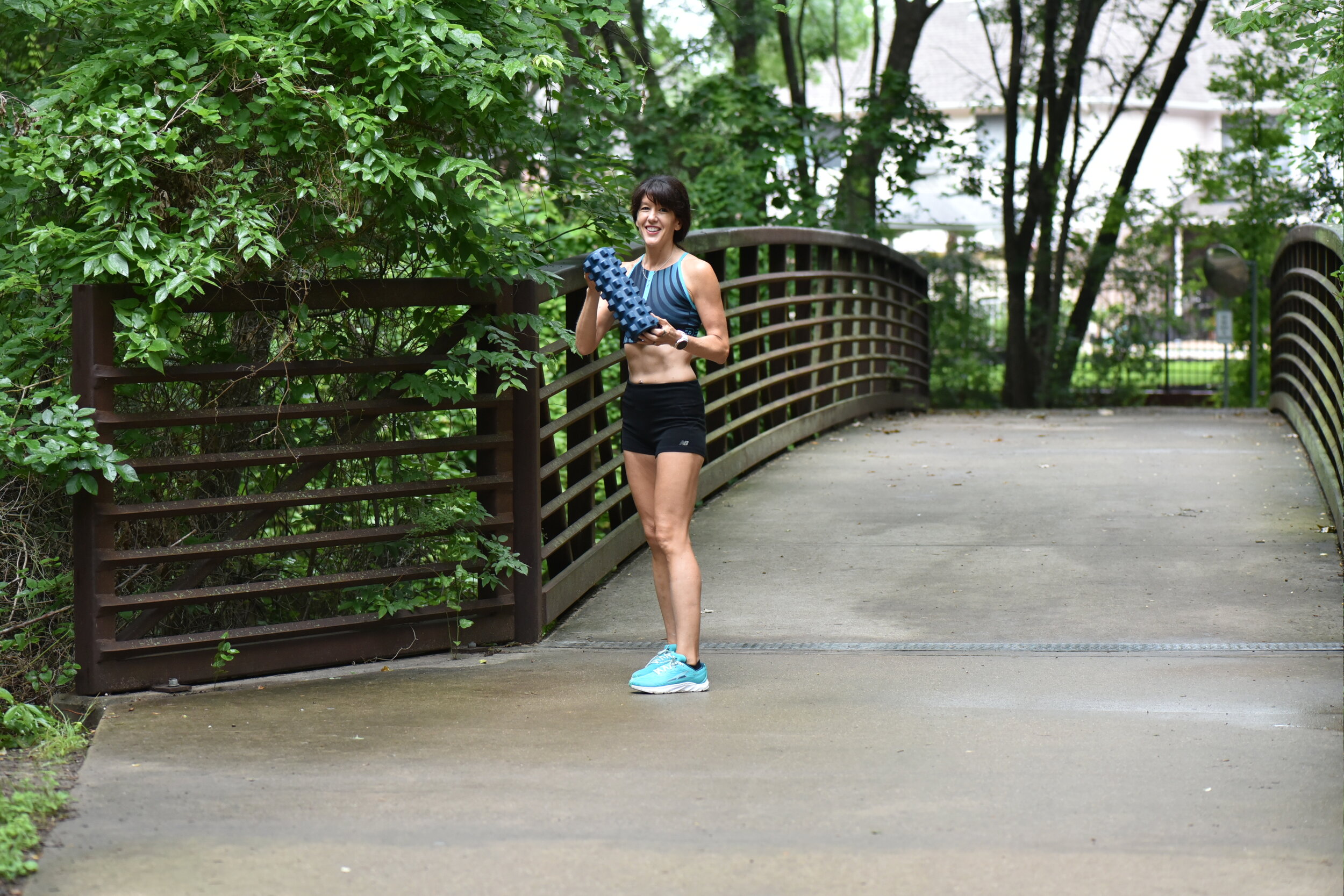I told one of my running coach clients that we were going to build a running plan so that each run had a purpose. My client said, "But Lea, I already have a purpose for every run: not to die." She's funny, isn't she? While that is a noble objective, if you want to reach your running goals, each of your weekly runs should have a specific purpose. Spoiler alert: The purpose of every run is not to run harder and faster.
Why do we need a purpose for every run? Because if we don't know what we're trying to achieve, we will never get there. if you aimlessly hit the road every other day for the rest of your life, you will probably improve a little in the beginning (the infamous newbie gains) then level off and never quite get anywhere, running the same paces and distances over and over again.
Let's talk about the purpose of different types of running workouts.
PURPOSE: TO RUN FASTER
If you want to run faster, it is important to vary your paces. Long and short interval workouts are great for this purpose. Longer intervals (between 3 to 15 minutes or 1/4 to 2 miles) help your body learn to run more efficiently at faster paces. Shorter intervals (30 seconds to 1 minute or 100 -200 meters) helps improve your leg speed.
Any type of intervals are best for experienced runners who have built a running base of consistent milage for 4-6 weeks. Work at your own fitness levels, do not attempt to hit arbitrary paces from the internet. You will know what 'hard' feels like for you based on how you are breathing and the talk-test. Work at your own level. Coach rant over.
PURPOSE: TO RUN LONGER
If you are training to run an endurance race, you can start including long runs into your training plan to prepare your body to run long distances. A long run is any run that is one hour and beyond. A long run pace should be a minute or two slower than your 5K pace. You should plan to go slow as you build your endurance. You can work on speed once your body adapts to the longer distances, but to avoid injury, never increase pace (intensity) and distance in the same week.
I often have to remind myself to go slower in the beginning than I feel I need. You remember that old Beastie Boys song? "Slow and low that is the tempo." Repeat that mantra in your head as you hit the road for your long run. Try to run a negative split, this means that you run the second half of your run faster than the first. Start out slow, if you still feel great at the halfway mark, feel free to pick up the pace a bit and finish strong.
It's a good idea to increase your long run distance by 10% every two weeks then back off the milage on the 5th week. (Yes, I know may plans do it much faster than this, but it's better not to rush progress in order to avoid injuries.)
PURPOSE: TO RECOVER
Not every run should be fast and long. There is a benefit to running easy runs on a consistent basis. An easy run is one that is less than an hour and can be done at conversational pace. You should be able to run and chat with your running buddy without gasping for air between words or sentences. (My running buddy has four legs, but I still talk to him.)
Recovery runs should be done between hard workouts. If you run intervals or hills on Monday, do at least one recovery run and then a rest day before attempting another hard-effort workout. Recovery runs helps build a running base for overall strength and economy.
Remember that our bodies adapt (get stronger and faster) during rest, not during the hard workouts. These types of recovery runs (and actual rest and sleep) are essential in order to reap the benefits of hard workouts.
If you are running hard every time you hit the road, it will be very hard for you to reach your full potential without injuries, burnout and overtraining.
PURPOSE: PROMOTE GOOD RUNNING FORM
Add strides to the end of your runs two to three times a week in order to promote good running form and train your fast twitch muscle fibers. Strides are short bursts of running for about 100 meters. Start at conversational pace, gradually increase speed, then decelerate at the end. It should be smooth relaxed cadence while focusing on form. While it's fast at a point, it is not an all-out sprint. Recover fully between strides until your heart-rate returns to normal. Repeat 6-8 times.
Do your runs have purpose? What is the purpose of your next run? Have questions? I'd love to help.
Like this post? It helps me when you share with your friends and followers.



























